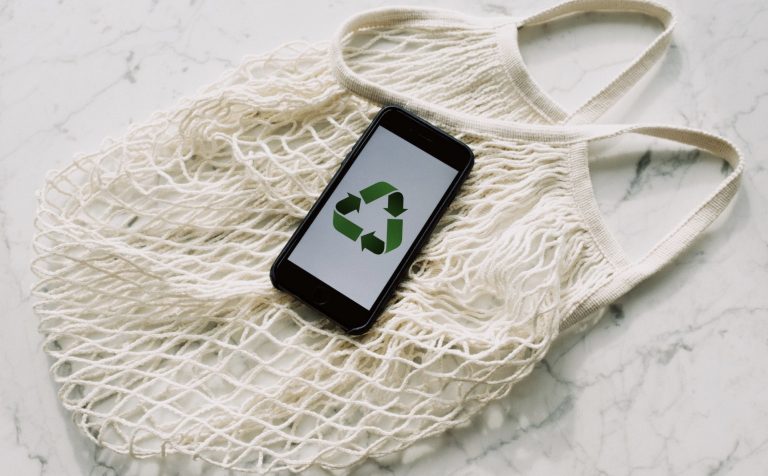The green building market is expected to see a significant 17.48% CAGR through 2022 to 2030. This news from Market Research Future as reported by Yahoo Finance underscores the importance of sustainability in the fight against climate change and human activity that is detrimental to the environment. Living in a home that isn’t exactly green does not mean you can’t get in on the sustainability trend. There are many sustainable, green DIY projects and renovations you can do at home with a few essential DIY supplies and tools.
Clothes Drying Racks
Making a foldable clothes drying rack is an easy way to ease into green DIY projects. A drying rack is a good way to lower energy consumption at home. According to Direct Energy, electric dryers span a wattage range between 2,000 and 6,000 watts, which works out to between 2 and 6 kilowatt-hours of electricity. Based on the 12 cents per kilowatt-hour national average, each hour of using an electric dryer costs between 24 and 72 cents. Outdoor clotheslines are fine for drying clothes in summer, but depending on where you live, they are not the best option during winter. Making a foldable clothes drying rack allows you to dry clothes indoors while reducing your energy costs at the same time.
Insulated Attic Stairs Box
Home expert Mike Holmes told the National Post that poor attic insulation can lead to a major loss of heat during winter. This can lead to increased costs due to running your furnace for longer or more frequently than usual, or through damage caused by the structure’s inability to adapt to the colder weather.
Energy.gov recommends making an insulated box for your attic stairs, which can help insulate your attic. The DIY project requires a rigid foam board, faced blanket insulation, house wrap, duct mastic or construction adhesive, nails or screws, and/or tape for your choice of foam board, a tape measure, silicone or acrylic latex caulk and a caulk gun, spray foam insulation, and lumber or plywood.
A Green Roof
According to the EPA, green roofs are an impactful way to make an eco-friendly difference to your home. However, re-roofing your entire home can be a massive undertaking with a hefty price tag. If you’re purchasing a home, make sure to explore a couple of home loan comparison options. Some loans offer additional funds that you can use for renovations. This gives you extra capital to make sustainable improvements right from the start. If you already own your home and the roof sounds a bit ambitious, consider changing the roof on your shed, entertainment area, or garage instead.
According to Dwell, green roofs were introduced in Germany in the 1940s. They consist of several layers, among which are growing mediums and plants, and they offer natural insulation, a habitat for birds and insects, stormwater runoff filtering, and air pollution absorption. Before starting the DIY project, check with a contractor or structural engineer about the structure being able to support the additional weight of the roof. Your roof is one area you don’t want to make a mistake with.



0 Comments